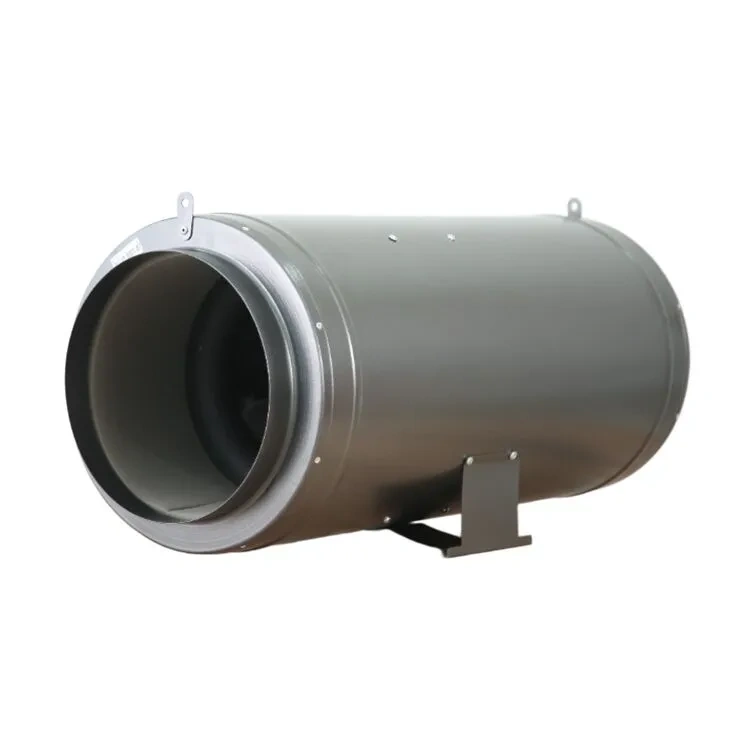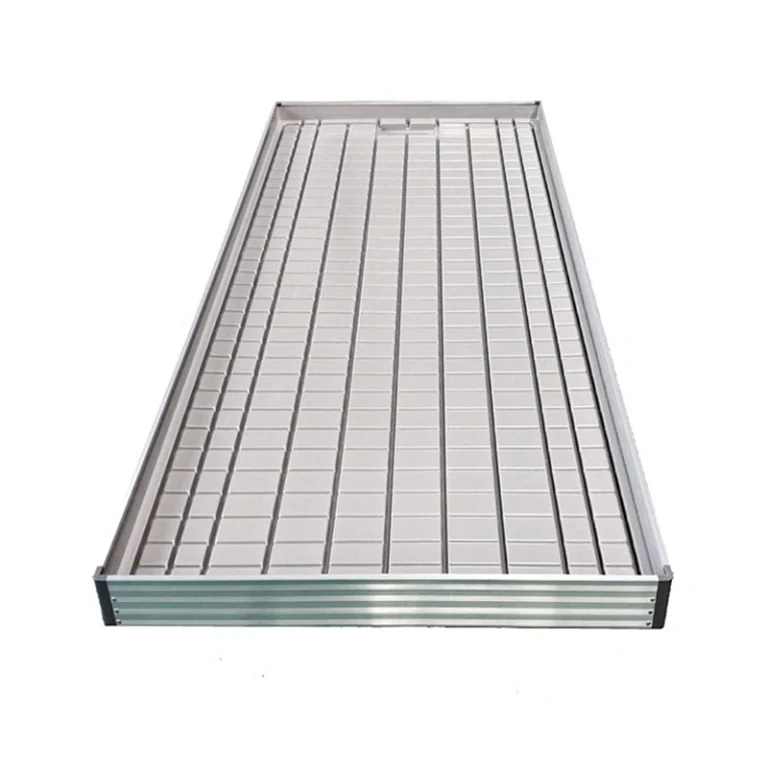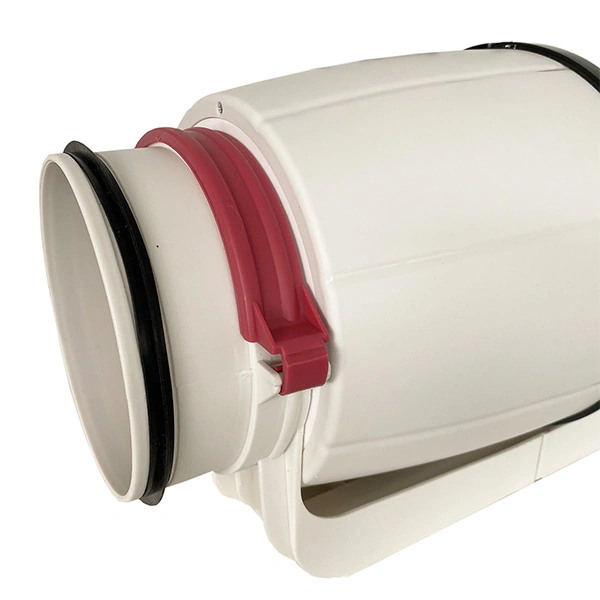The Dangers of Mold Growth in Living Spaces
Mold loves damp and stuffy spots. It pops up in homes with bad air flow or water leaks. You might find it in places where moisture hangs around. Think basements, bathrooms, or kitchens. A leaky roof or busted pipe can start it too. Mold grows on walls, ceilings, carpets, or even comfy furniture like armchairs. Once it spreads, it quietly weakens your home’s bones. It messes up things like wooden beams or plaster walls. These can get soft, twist, or fall apart over time. Mold also brings a nasty, musty smell. These odors stick around. They sink into curtains and clothes. This makes your home feel unpleasant and maybe not so healthy.
How Mold Affects Indoor Air Quality
Mold bits are super small. They float around in the air easily. This makes the air in your house worse. Breathing these bits can bother your lungs. Folks with asthma or allergies might feel rougher. Mold in the air can make you cough, sneeze, or get a scratchy throat.
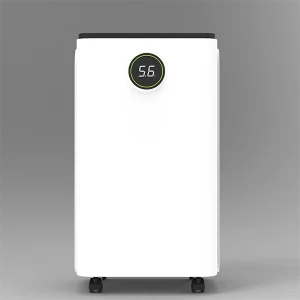
Health Risks Linked to Mold Exposure
Mold hits some people harder. Those with weak defenses, like a low immune system, really struggle. Kids and older folks are at bigger risk too. You might see them with a stuffed-up nose. Their skin could get red or rash. Their eyes might itch or water. In tough cases, mold makes breathing a chore. It can cause wheezing or make you short of breath. Sometimes, it even triggers infections. For example, someone with a weak immune system might catch a lung bug. These problems can stick around if you don’t deal with the mold. That’s why keeping your home mold-free is so important.
How Can a Dehumidifier for House Prevent Mold?
The Role of Humidity Control in Mold Prevention
Keeping moisture under control stops mold in its tracks. Mold loves to grow when dampness goes over 60%. A dehumidifier for the house sucks extra wetness out of the air. It pulls in humid air and cools it down. The water collects in a tank or goes down a drain. This keeps the air dry and stops mold from popping up. For example, in a soggy basement, a dehumidifier can work magic. It makes the space less cozy for mold. Your home feels healthier and nicer because of it. Using a dehumidifier often also saves your walls and furniture from water damage. It uses cooling tricks to do this. The device cuts down moisture, so the air feels fresh and comfy.
Key Features to Look for in a Dehumidifier for House
Adjustable Humidity Settings
A dehumidifier with a tweakable humidistat is handy. You can pick the moisture level you like. Different rooms need different levels. For example, a bathroom might need drier air than a living room. This feature keeps your home cozy. It also blocks mold from growing.
Continuous Drainage Options
Some dehumidifiers have steady drainage setups. You don’t need to empty water tanks all the time. This is great for really wet spots. It’s also helpful if the device runs for hours. A water-full warning makes things easy. The drainage setup keeps maintenance simple.
Anti-Bacterial Filters
Certain dehumidifiers have special filters. These clean out bacteria and allergens. They don’t just dry the air. They make it safer to breathe. This boosts the air quality in your house.
What Are the Benefits of Using a Dehumidifier for House?
Creating a Safer and Healthier Living Environment
A dehumidifier cuts down extra wetness. This makes it tough for mold and dust mites to stick around. It cleans up the air you breathe. Your home feels like a better place. Your family stays healthier too. You’ll feel more relaxed indoors.
Protecting Furniture and Building Materials from Moisture Damage
Too much dampness hurts wooden furniture. It can warp or rot over time. Walls and plaster get damaged too. A dehumidifier keeps moisture levels even. This saves your stuff and your home’s structure.
Improving Comfort by Reducing Excess Humidity
High dampness makes rooms feel sticky. It’s no fun, especially in hot weather. A dehumidifier makes the air drier. It feels cooler and more pleasant. You won’t need to crank the air conditioning all the time.
Advanced Anti-Bacterial Technology in TIDESTAR Dehumidifiers
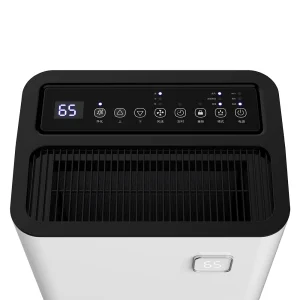
High-Efficiency Air Filtration System
TIDESTAR dehumidifiers have top-notch filters. They clear out bacteria, allergens, and other junk from the air. For example, the New Digital Display 20/30L Portable Air Dehumidifier has an optional active carbon filter. This makes the air cleaner. It’s healthier to breathe.
Effective Removal of Excess Moisture and Allergens
TIDESTAR dehumidifiers use cooling tricks. They suck out dampness quickly. This keeps rooms dry and nice. It also stops mold and cuts down on allergens like dust mites. The Smart Mini 12 Liter Dehumidifier With Touch Screen Control Panel For Home is perfect for small rooms. It’s great for bedrooms, where drier air helps you feel better.
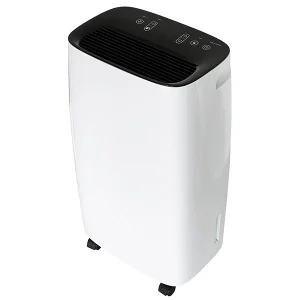
User-Friendly Features Designed for Everyday Use
Energy-Saving Modes and Quiet Operation
Saving power matters to many folks. TIDESTAR dehumidifiers don’t use much electricity. They’re also super quiet, often at 43 dB. This makes them great for bedrooms or living rooms. The New Digital Display 20/30L Portable Air Dehumidifier has a smart DC motor. It runs smoothly without much noise.
Compact Design Ideal for Various Room Sizes
TIDESTAR dehumidifiers are easy to move around. They’re small and light. Wheels on the bottom make them simple to shift. Models like the New 16/20L Home Air Dehumidifier With WIFI Function are slim. They have handles for easy carrying. These work well in apartments, bedrooms, or basements.
FAQ Section
Q: Are there quiet dehumidifiers for bedrooms?
A: Yes, some run super quiet. They hum at levels as low as 43 dB. That’s perfect for sleeping areas.
Q: What capacity should I pick for a dehumidifier?
A: It depends on your room’s size. Small spaces need 12-16 liter units. Bigger areas might need up to 50 liters a day.
Q: Do all dehumidifiers let you adjust humidity?
A: Not all do. Fancy models have tweakable humidistats. You can set the moisture level you want.
Q: Can I move my dehumidifier between rooms easily?
A: Yes, most have wheels or handles. Moving them around your house is a breeze.
Q: Are all dehumidifiers energy-savers?
A: Many new ones use less power while working great. Check energy ratings before you buy.

